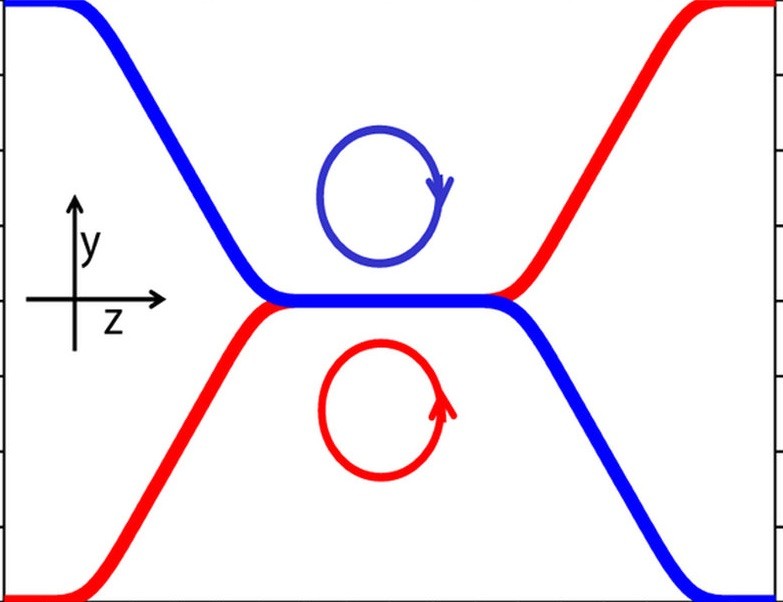Realizing topological stability of magnetic helices in exchange-coupled multilayers for all-spin-based system
Topologically stabilized spin configurations like helices in the form of planar domain walls (DWs) or vortex-like structures with magnetic functionalities are more often a theoretical prediction rather than experimental realization. In this paper we report on the exchange coupling and helical phase characteristics within Dy-Fe multilayers. The magnetic hysteresis loops with temperature show an exchange bias field of around 1.0 kOe at 10 K. Polarized neutron reflectivity reveal (i) ferrimagnetic alignment of the layers at low fields forming twisted magnetic helices and a more complicated but stable continuous helical arrangement at higher fields (ii) direct evidence of helices in the form of planar 2π-DWs within both layers of Fe and Dy. The helices within the Fe layers are topologically stabilized by the reasonably strong induced in-plane magnetocrystalline anisotropy of Dy and the exchange coupling at the Fe-Dy interfaces. The helices in Dy are plausibly reminiscent of the helical ordering at higher temperatures induced by the field history and interfacial strain. Stability of the helical order even at large fields have resulted in an effective modulation of the periodicity of the spin-density like waves and subsequent increase in storage energy. This opens broad perspectives for future scientific and technological applications in increasing the energy density for systems in the field of all-spin-based engineering which has the potential for energy-storing elements on nanometer length scales.
